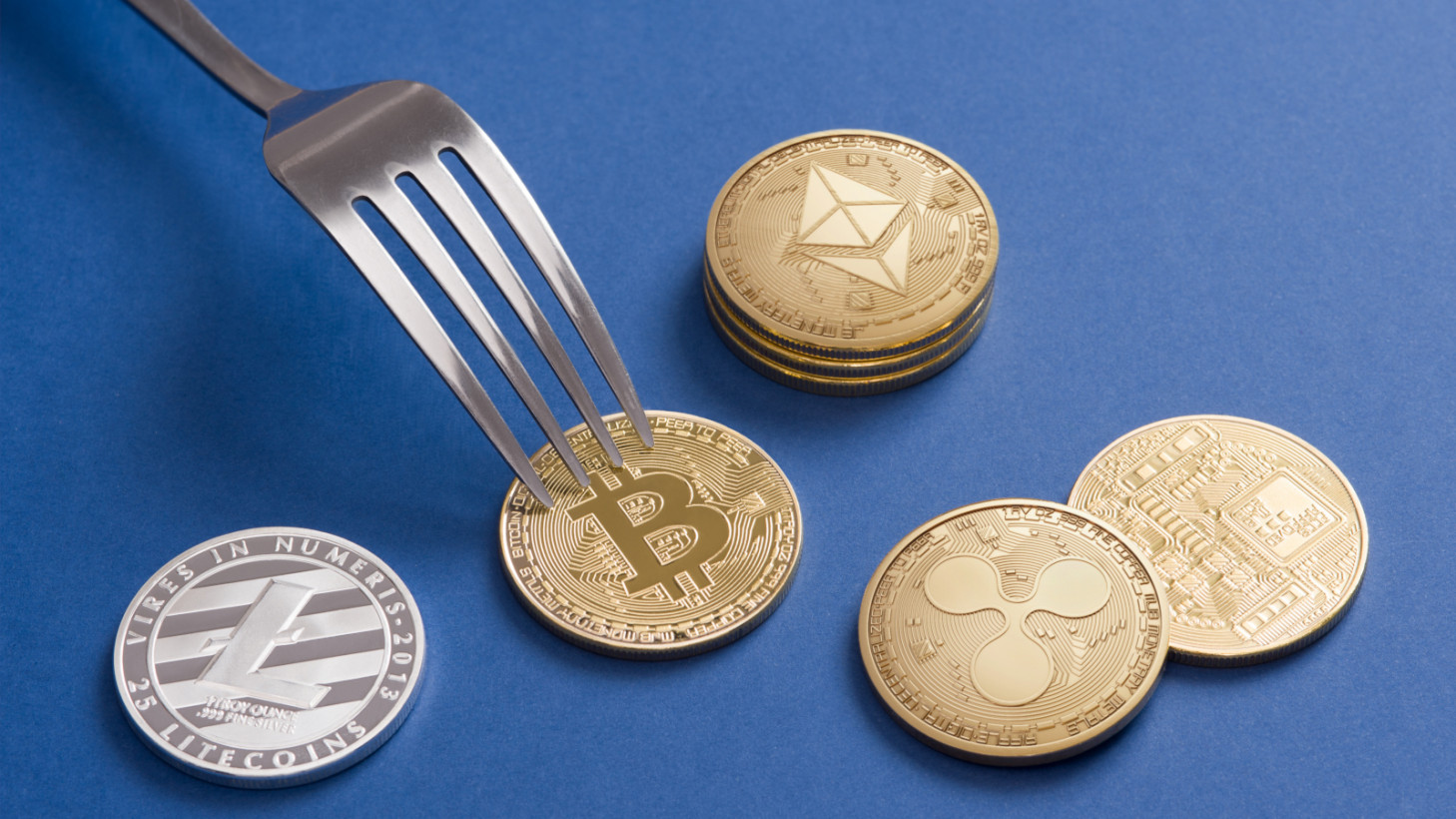Introduction
In the past few years, the cryptocurrency industry has seen several cases of blockchain forks. But what is a blockchain fork? Why do blockchains fork? And what are their effects on the crypto industry? In this article, we’ll be exploring these questions and more.

What is a blockchain fork?
A blockchain fork is a change to the software of a blockchain that creates two parallel blockchains. This happens when there is disagreement on how the software should be changed, leading to two separate chains with different rules.
The original blockchain and its newly created counterpart are now both valid chains—each will have its own set of blocks, which are linked together by cryptography. The new chain contains the same transaction history as the old one, but has rules that differ from those of its parent chain in some way (for example: different block size limits). Any users who held Bitcoin at the time of fork would then now hold both Bitcoin and bitcoin cash.
Why do blockchains fork?
There are a few reasons for forks, but the most common is changes to the code. This can happen for several reasons:
- A new version of the software is released and users upgrade to it.
- Changes are made to fix bugs or add features, but certain miners haven’t upgraded yet, so they continue mining on a different chain from everyone else.
- Users disagree about what should be included in the new version of the software (or how it should work).
Notable examples of blockchain forks and their effects
If you’re not familiar with the concept of a blockchain fork, it can be useful to see how they play out in real-world examples. Here are some notable ones:
- Ethereum Classic vs. Ethereum. In 2016, the Ethereum community was split over whether or not to implement a software upgrade that would reduce mining rewards from five ether per block to three ether per block (a reduction of 20%). Those who were in favor believed this change would improve the efficiency and security of the network; those against thought it would centralize mining power and create more volatility in price. An argument broke out online which eventually led to a hard fork—an instance when two competing chains emerge from one original chain—as well as several other forks including Geth Classic (Ethereum) and Parity (Ethereum). The original chain remained intact as Ethereum Classic while its forks were short-lived.
- Bitcoin Cash vs Bitcoin
Ethereum Classic vs. Ethereum
- Ethereum Classic is a continuation of the Ethereum blockchain, with all its history preserved. It was created after a hard fork in 2016.
- Despite this, it still has a significant community and is used by many developers.
- Ethereum Classic is considered to be the original Ethereum
Bitcoin Cash vs. Bitcoin
In 2017, Bitcoin Cash forked from Bitcoin. A fork is when a new cryptocurrency is created that has the same codebase as an existing one. This means that both chains share the same transaction history up until the point of the split—but after that point, they’re different coins.
Bitcoin Cash has a larger block size than Bitcoin: 8MB compared to 1MB for Bitcoin—which allows more transactions to occur per second on its blockchain. The larger block size also means that miners can earn higher mining rewards than they would on Bitcoin’s blockchain because each block contains more fees paid by users for their transactions to be verified and added to the chain.
Because it has fewer fees and faster processing times, merchants who accept BTC will often reject BCH payments due to its high price volatility—which makes it difficult for them (and their customers) know if they’ll get paid back in full if they accept BCH during checkout or not!
Bitcoin Gold vs. Bitcoin
A fork in the blockchain can be a technical change or a political one. Bitcoin Gold, for example, is a currency that was created by forking bitcoin and changing the mining algorithm.
A simple explanation of forks and their effects on the crypto industry
A blockchain fork is a change to the underlying code of a cryptocurrency that creates an alternative version of the blockchain. The change could be as simple as adjusting the time it takes to mine a new block, or it could be far more complicated, such as adding entirely new features to the network.
Forks are not inherently bad for cryptocurrencies, but they can lead to bad situations if developers don’t communicate their plans well with the community. In addition, forks can cause split chains (when two groups work on separate versions of blockchain at the same time) and replay attacks (which occur when someone tries to use old transactions from an older chain).
Conclusion
Now that you know what a fork is, it should be easy to understand the different types of forks and their effects. This guide has been designed for beginners who want to get started with Bitcoin or other cryptocurrencies but don’t know where or how to start.

